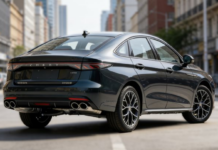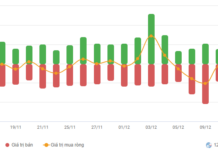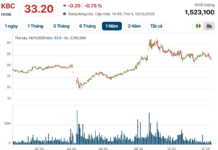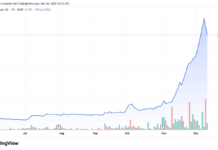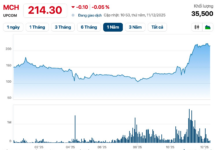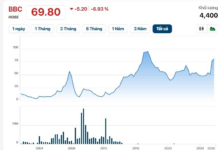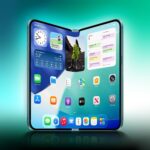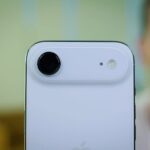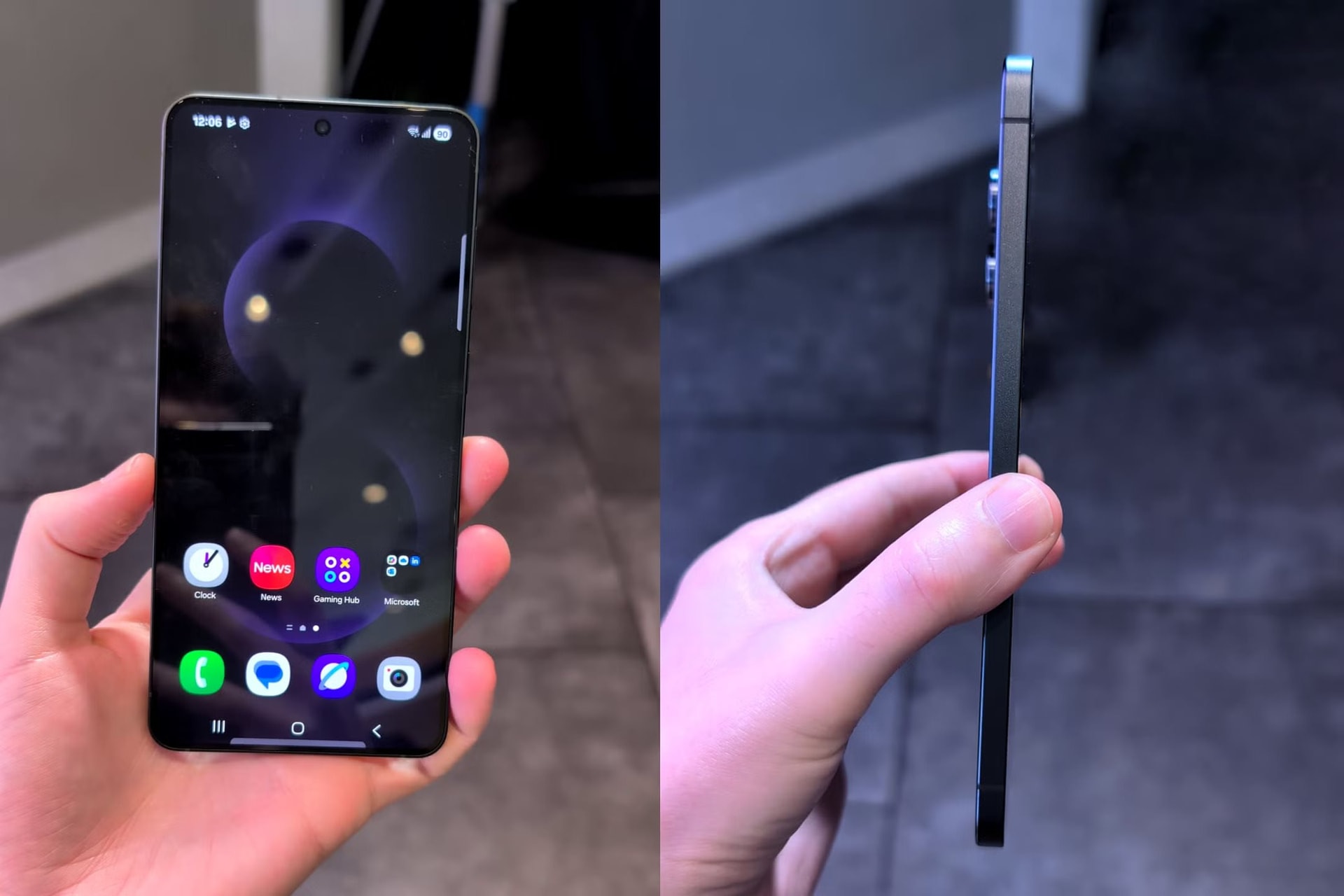
Samsung Galaxy S25 Edge: A Missed Opportunity
Recent reports from South Korea have revealed a shocking twist in Samsung’s upcoming Galaxy S26 lineup. The tech giant has reportedly canceled the Galaxy S26 Edge, opting instead to release the Galaxy S26 Plus as its replacement.
This decision follows the underwhelming performance of its predecessor, the Galaxy S25 Edge, which reportedly suffered from poor sales.
While this might seem like an isolated failure, it’s a symptom of a much larger issue: Samsung is facing a severe identity crisis.
The Failed Punch: Galaxy S25 Edge
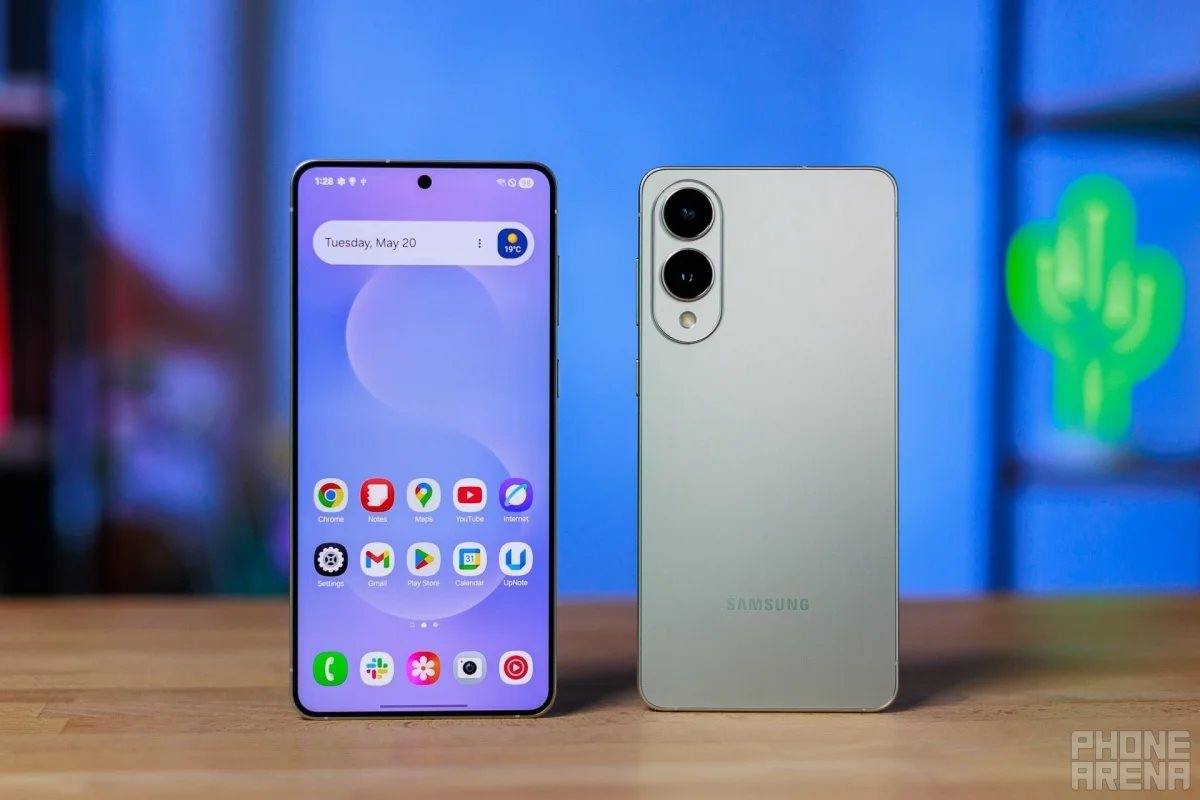
Galaxy S25 Edge: A Design Marvel with Compromises
Samsung’s strategy with the Galaxy S25 Edge was clear from the start: to capitalize on the hype surrounding Apple’s rumored iPhone Air. However, in their rush to outmaneuver their rival, Samsung overlooked what it takes to land a successful punch.
Android Authority noted that while the ultra-thin design initially sparked hope after the lackluster S24 series, the final product felt half-baked.
You can’t outdo Apple with an undercooked idea.
To achieve its slim profile, the S25 Edge sacrificed key features like the telephoto camera, battery capacity, and thermal management. These are critical components, especially when you lack Apple’s level of hardware and software optimization.
In real-world use, the S25 Edge’s appeal was limited to its design. The Snapdragon 8 Elite for Galaxy chip generated excessive heat, overwhelming the device’s inadequate cooling system. This led to rapid battery drain, reduced screen brightness, and sluggish performance under heavy loads. Additionally, the camera setup was less versatile than the cheaper S25 FE, making its $1,099 price tag seem unjustified.
The S25 Edge’s shortcomings became even more apparent with the launch of the iPhone Air. Despite its own limitations (a tiny battery and a single camera for a $1,000 device), Apple’s offering felt more polished. Its titanium frame provided a natural, comfortable grip, unlike the S25 Edge’s boxy and rigid design.
Even those who weren’t fans of the iPhone Air found it more appealing than the S25 Edge, simply because it felt better in hand.
Copying Without Purpose
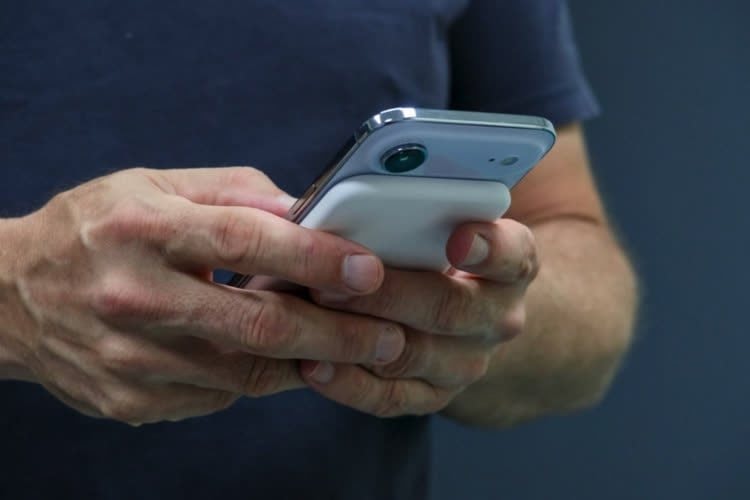
iPhone Air: A Technical Experiment with Clear Purpose
What’s striking is that the iPhone Air, despite its impracticalities, had a clear purpose. It served as a technical testbed for a future iPhone Fold, showcasing innovative internal arrangements and an ultra-thin design.
Samsung, on the other hand, didn’t rethink the internal layout of the S25 Edge. And, importantly, they’ve already ventured into foldable phones! So, what was the S25 Edge’s purpose, if not to mimic and compete with Apple?
When viewed in the context of Samsung’s other products, this pattern becomes even more evident. Samsung is in the midst of an identity crisis.
Two years after the Apple Watch Ultra, Samsung released the Galaxy Watch Ultra—also ultra-durable, with an action button and orange strap. The Galaxy Buds 3 abandoned their unique design to become one of the most blatant AirPods clones. They adopted titanium for the S Ultra only after Apple did. And the Moohan XR glasses are an obvious imitation of the Apple Vision Pro.
Every company draws inspiration from competitors, but Samsung’s level of imitation has reached new heights. This mimicry has stripped away the unique identity Samsung once possessed.
The Cost of Losing Legacy
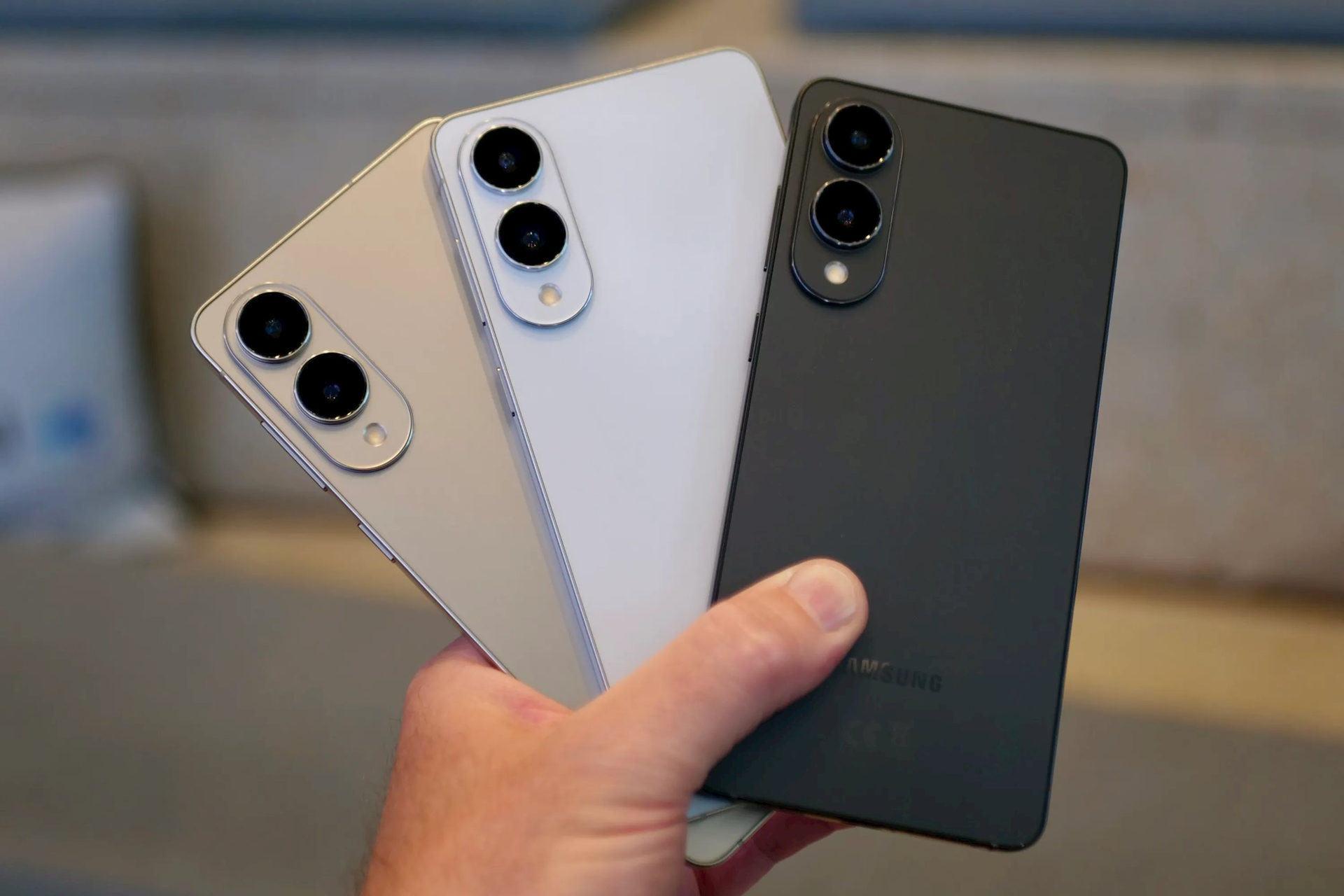
Galaxy S25 Edge: A Missed Opportunity in Color and Design
This is particularly disappointing when we recall Samsung’s history of innovation. They pioneered foldable phones and made them mainstream. The Galaxy Note series introduced the “phablet” and popularized large screens. The Galaxy S III and S8 were among the most influential Android phones of their time.
Samsung has repeatedly demonstrated that when they truly innovate, they can push boundaries and forge a strong identity.
But that’s not the Samsung of today—a company stubbornly copying Apple at every turn. Their devices remain good, but they feel like reactions to their rival rather than standalone innovations. The more Samsung does this, the more they become a shadow of their former selves. The failure of the S25 Edge and the cancellation of the S26 Edge highlight the unsustainability of this imitation strategy.
Lessons Samsung Must Learn
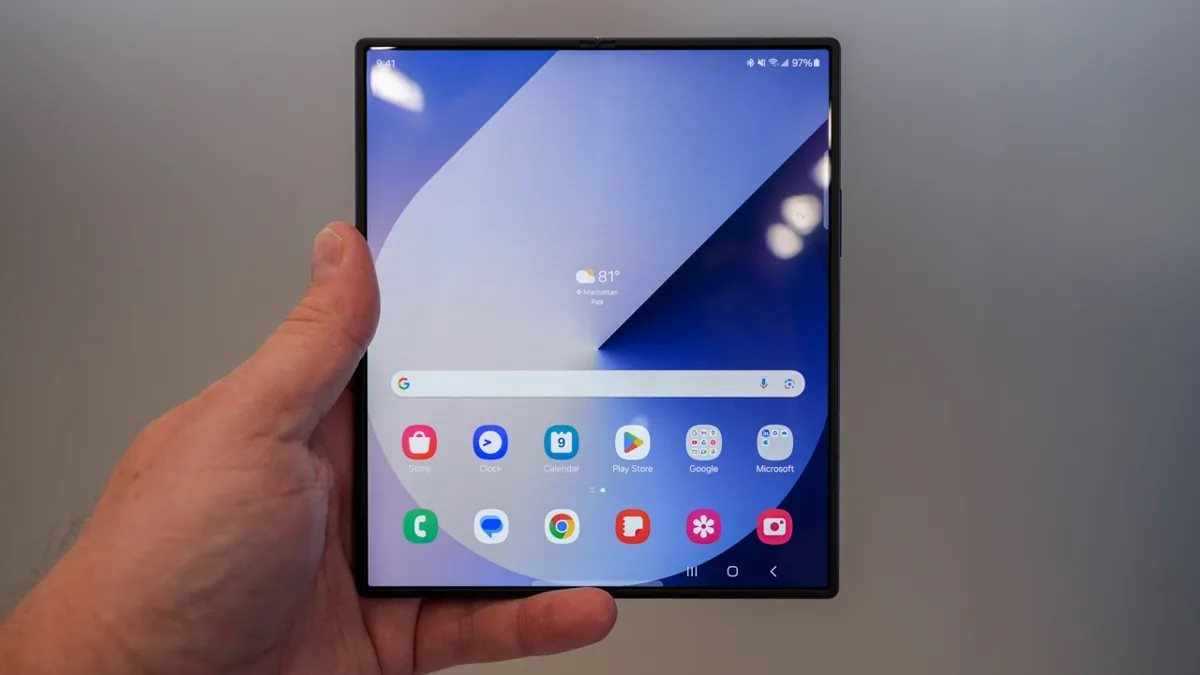
Samsung Galaxy Z Fold: The Future of Innovation
If there’s one lesson Samsung should take from this disappointing chapter, it’s this: Apple isn’t always right.
Just because Apple makes thin devices doesn’t mean Samsung should follow suit. Just because they can launch first doesn’t mean they should. Both companies have overinvested in the thin-phone craze they themselves created. There’s no evidence that users ever demanded a phone that “does less” while costing more.
If Samsung had paused to consider the predicted poor sales of the iPhone Air, they might have avoided this misstep. Instead, they rushed into the fire and got burned. They learned that you can’t steal hype from a product that lacks it.
Now, Samsung needs a reset. They must apply the painful lessons from the S25 Edge’s subpar thermal design and mismatched hardware to areas that truly matter: the future of the Galaxy Z Fold and Z Flip.
The solution is simple: Samsung needs to rediscover its identity. If they’re content being a copycat, they should brace for more stumbles. But if they want to reclaim their reputation, they must regain their lost identity. And, at the very least, they need to stop treating Apple as the ultimate trendsetter. Because Samsung will never beat Apple at Apple’s own game.
Apple’s New iPhone Model Surpasses iPhone 17 Pro Max in Price, Leaked Details Reveal
Following the iPhone 17 Pro Max, Apple is rumored to be gearing up for an even more significant leap forward.
Unprecedented iPhone Price Storm: iPhone 16 Pro Max & 15 Pro Max Hit Record Lows—Miss This Deal and Regret Forever!
Seize the ULTIMATE OPPORTUNITY to grab the iPhone 16 Pro Max and 15 Pro Max at UNBEATABLE PRICES—like never before!



